Office refurbishment is a crucial step for any company looking to modernise its workspace, enhance productivity, and reflect its brand values. Whether you are aiming to accommodate a growing workforce or incorporate sustainable practices, a well-planned office renovation can significantly impact your business. In this comprehensive office refurbishment guide, we will walk you through each step of the process to help ensure a smooth and successful upgrade.
Refurbishing your office can bring numerous benefits, from boosting employee productivity and collaboration to enhancing your brand image. It is a strategic move that can adapt your workspace to meet evolving business needs and support sustainability goals.
A refreshed office environment can have a profound effect on employee morale and efficiency. Studies have shown that well-designed workspaces can reduce stress, boost creativity, and increase overall productivity. By improving the physical environment, you provide your team with the tools and atmosphere they need to excel in their roles.
Your office is a reflection of your company’s values and culture. An aesthetically pleasing and functional workspace can leave a lasting impression on clients and visitors, enhancing your company values and brand image. It highlights your commitment to providing a quality work environment and showcases your company’s attention to detail and innovation.
As businesses grow, their needs evolve. An office refurbishment can help accommodate a larger workforce, integrate new technologies, and create flexible spaces that adapt to changing business needs. This adaptability ensures that your office can support your business’s long-term growth and development.
Incorporating eco-friendly practices and materials into your refurbishment project not only benefits the environment but also matches modern corporate social responsibility standards. Sustainable office design can lead to a reduction in energy costs, improve air quality, and overall contribute to a healthier workplace.
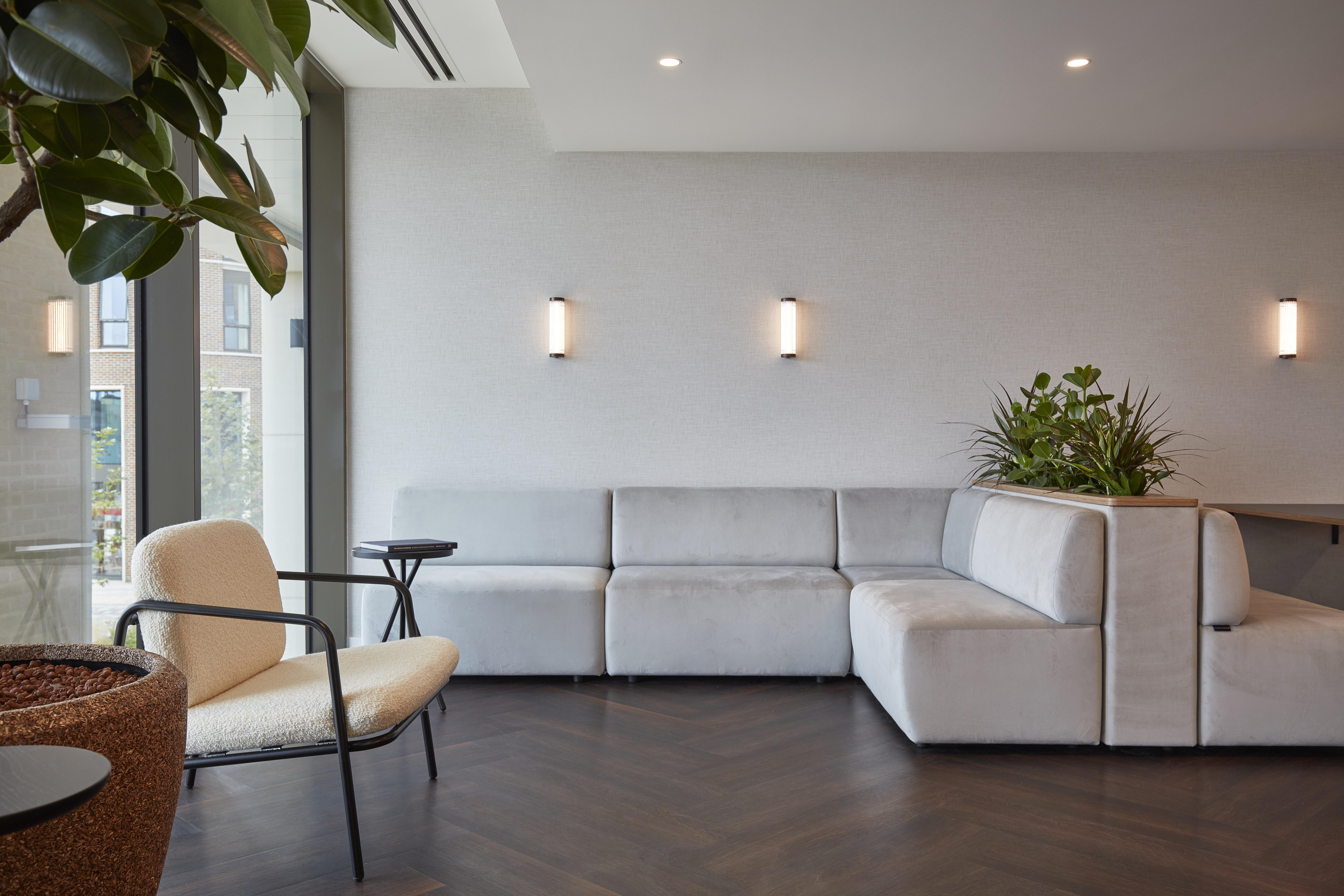
Effective planning is vital to a successful office refurbishment. Through careful preparation, you can ensure a smooth and efficient upgrade process.
Start by assessing the current state of your office. Identify areas that require improvement, from outdated furniture and poor lighting to inefficient layouts. To help with space planning, you can also run surveys and/or conduct meetings with staff members to gather their input and understand their needs and preferences. Some companies also assign a Workplace champion and teams representing all aspects of their business to manage this process.
Whether your strategic aim is to create more collaborative spaces, integrate advanced technology, or enhance the overall aesthetic, having specific objectives will guide your planning and decision-making process. Therefore, you should define clear goals for your refurbishment project before deciding on anything.
Estimate the costs involved in your refurbishment and allocate resources accordingly. Consider expenses such as design fees, construction costs, furniture, and technology upgrades. It is also important to have a contingency fund for unexpected expenses that may arise during the project. If you’ve never delivered an office refurb project and need a rough idea of costs, get in touch for support.
Create a realistic schedule for your refurbishment. Outline the key phases of the project, from initial planning and design to final inspection. Ensure that your timeline accounts for any potential delays and allows for a smooth transition with minimal disruption to business operations.
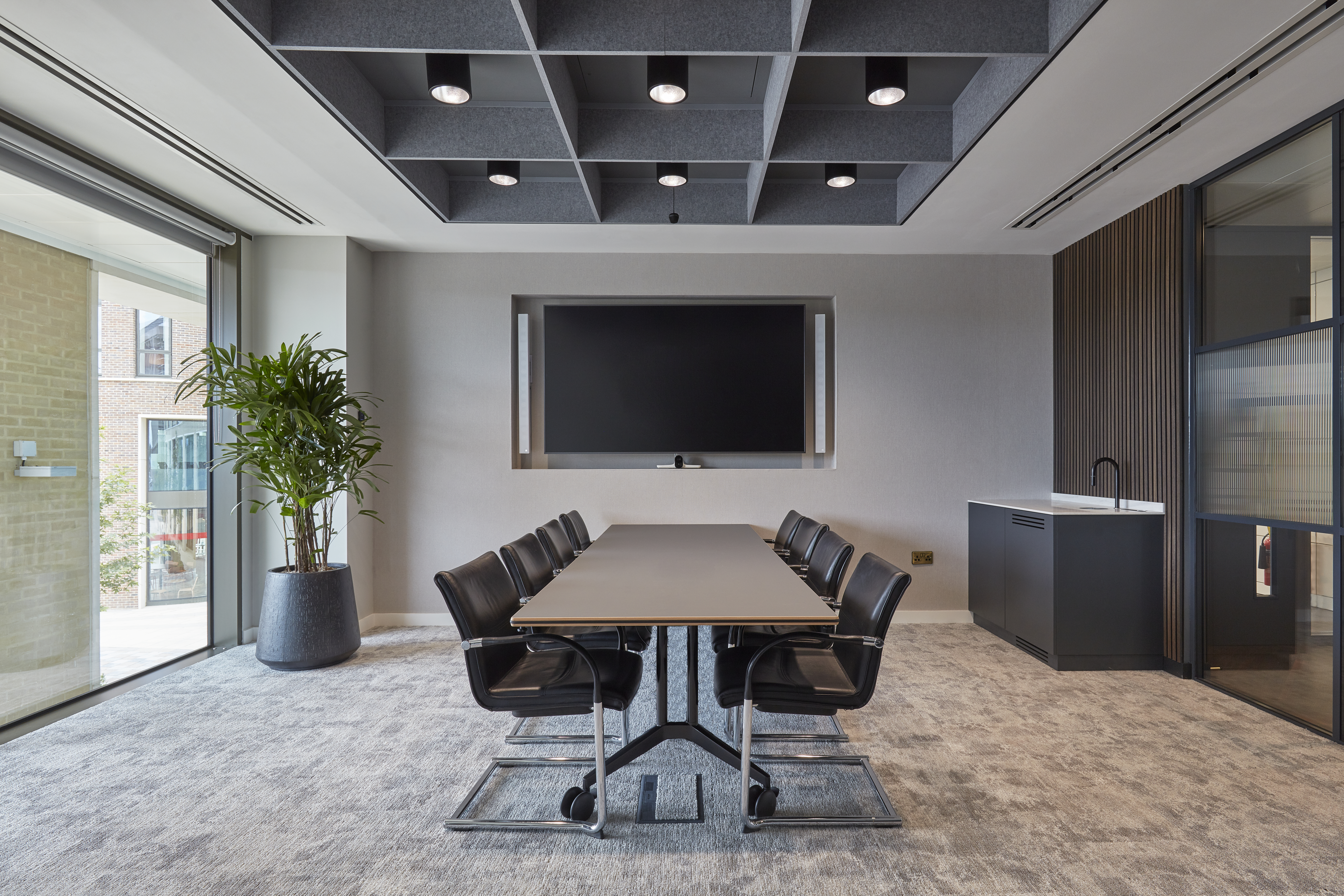
Designing your new office space involves more than just aesthetics. It’s also about creating a functional and inspiring environment. Involving stakeholders and choosing a cohesive design theme are essential steps in this process.
Engage employees and key stakeholders in the design process. Their input can give you insights into what improvements are needed and how the new space can better support their work. This approach promotes a sense of ownership and ensures that the final office design meets everyone’s needs.
Select a cohesive design theme that reflects your brand identity. Whether it’s modern and minimalist or warm and inviting, your office design should reflect your company’s values and culture. Consistency in design elements such as furniture styles, colour schemes, and decor will create a unified and professional look.
Optimise the layout of your office for functionality and comfort. Consider factors such as workflow, natural light, and acoustics when planning the space. Create distinct areas for different activities, such as collaborative workspaces, private offices, and relaxation zones, to cater to various work styles and needs.
Ensure your office is equipped with modern technology solutions. This includes high-speed internet, video conferencing facilities, and smart office systems that enhance efficiency and connectivity. Future-proof your office by planning for technological advancements and integrating flexible infrastructure that can adapt to new developments.
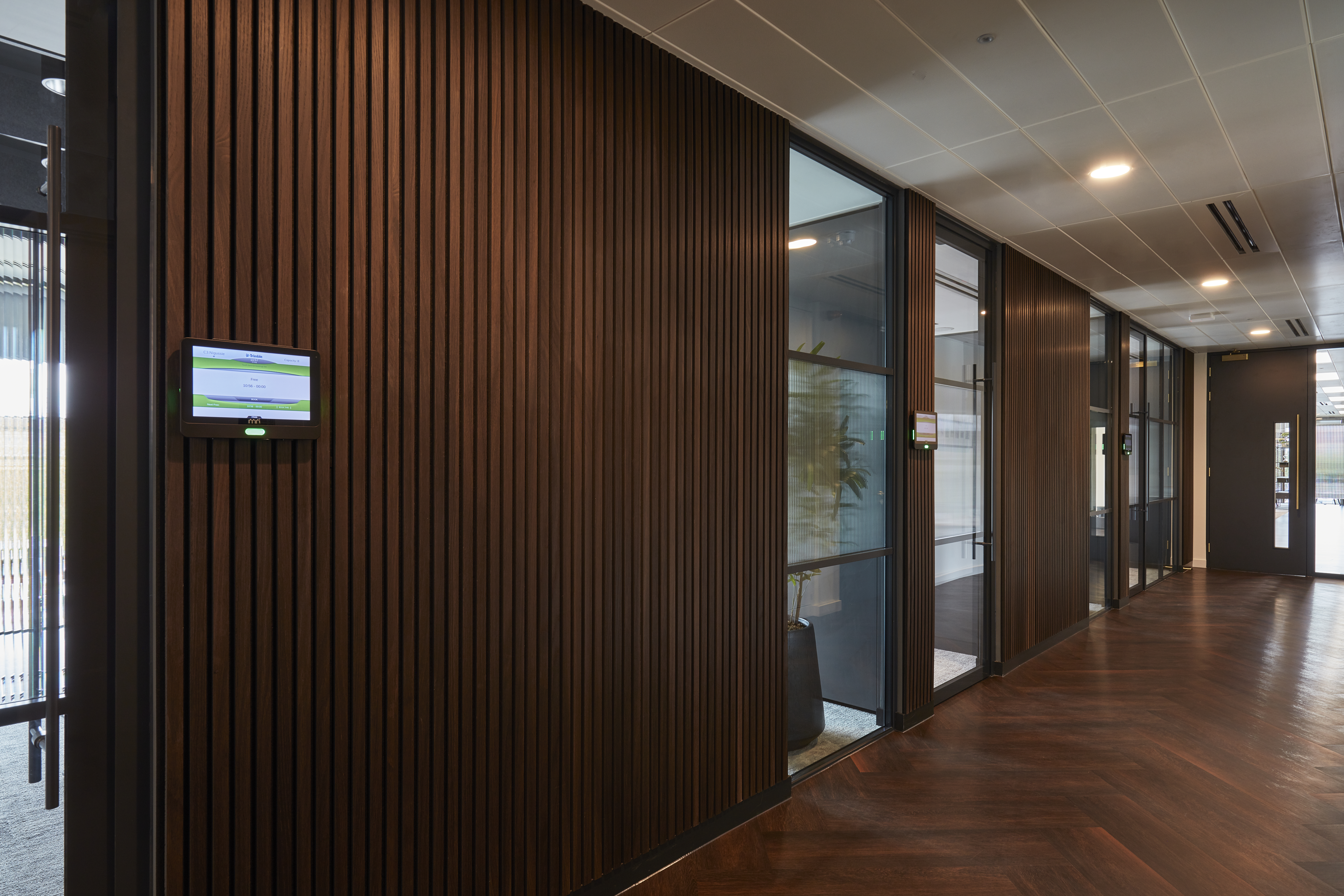
Choosing the right furniture and materials is vital for both the functionality and aesthetics of your office. Any office refurbishment guide will also tell you that it is important to prioritise sustainability, ergonomics, and quality as it contributes to a comfortable and attractive workspace.
Opt for eco-friendly and durable materials in your refurbishment. This includes using materials that are either recycled or sustainably sourced, energy-efficient lighting, and low-emission paints and finishes. Not only do sustainable choices reduce environmental impact, but they also create a healthier and more pleasant work environment. Don’t forget you’ll also want to recycle your old furniture, this is something we can help with.
Prioritise employee health and comfort by choosing ergonomic furniture. Adjustable chairs, standing desks, and proper lighting can prevent workplace injuries and improve overall wellbeing. Ergonomic solutions also contribute to higher productivity and job satisfaction.
Balance style with practicality when selecting furniture and decor. While aesthetics are important for creating an attractive office that reflects your brand, functionality should not be compromised. Choose pieces that are visually appealing and suited to the needs of your employees and business operations.
Gain quotes from experts in commercial office furniture as they’ll have the experience of working with a range of suppliers and know which of them has the credentials, style and flexibility you’ll need for your new office project. This also frees up your time in arranging deliveries to coincide around your office opening times that suit – especially if your refurbishment requires the office to stay open. COEL’s furniture team are one of the few suppliers that include an installation service, saving time and hassle.
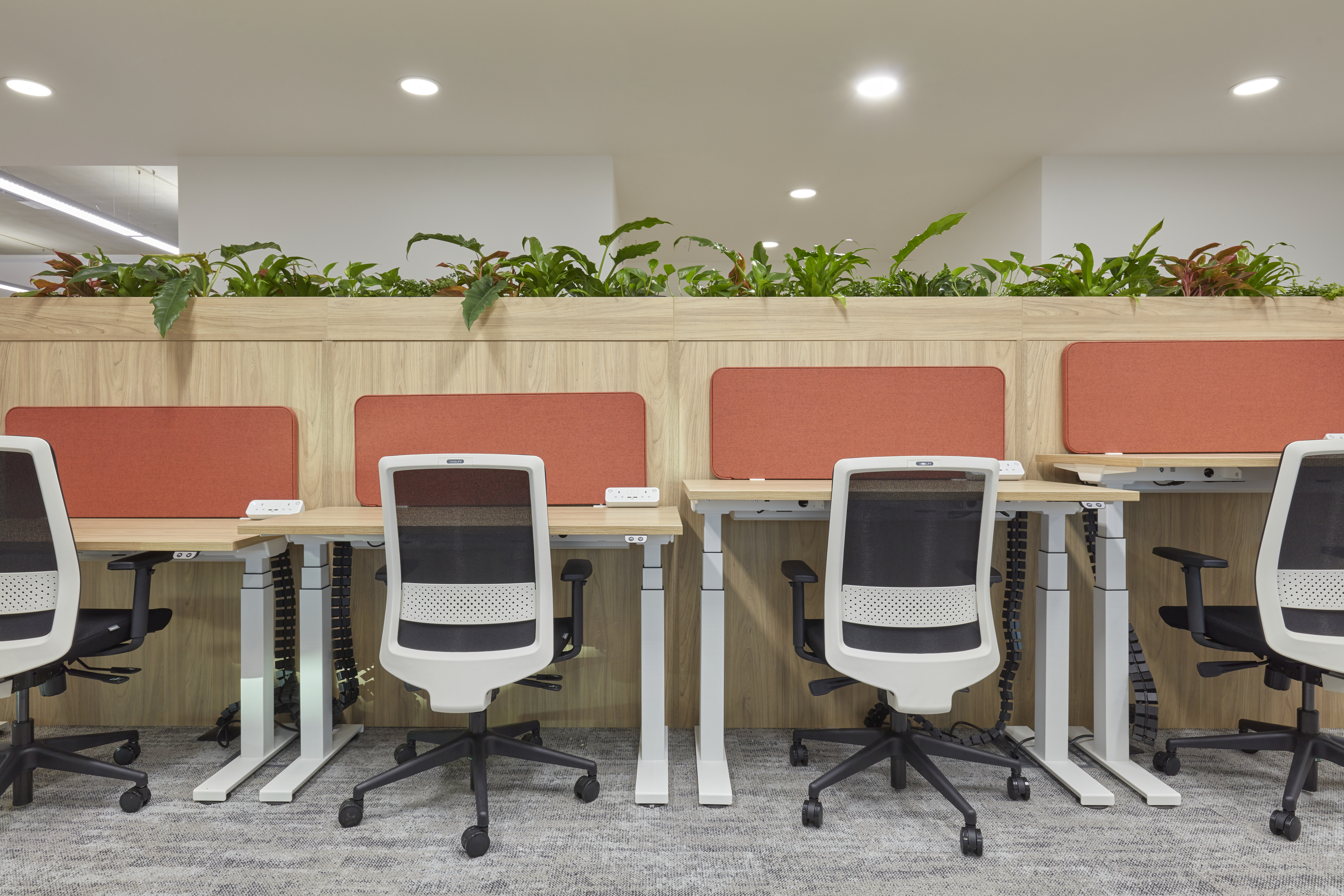
Managing the refurbishment process effectively involves hiring the right professionals, maintaining clear communication, and minimising disruptions. This ensures that the renovation project stays on track and meets your expectations.
Select the right professionals for your refurbishment project, including contractors, fit-out specialists, designers, and project managers. Look for experienced and reputable firms that have a track record of successful office refurbishments. Their expertise will be invaluable in ensuring that the project runs smoothly and meets expectations. Here at COEL, we offer a full office refurbishment service that includes design, fit-out, project management and furniture, which will ensure projects are completed swiftly and efficiently due to minimising involvement from so many contractors.
Maintain clear and open communication with your fit-out and refurbishment team. Regular updates and meetings will keep everyone on the same page and allow for timely and strategic adjustments. Effective communication is essential to avoiding misunderstandings and ensuring the project stays on track.
Implement strategies to keep business operations running smoothly during the refurbishment. This may include temporary relocations, phased construction, or working outside of regular business hours. Minimising disruption will help maintain productivity and reduce stress for employees.
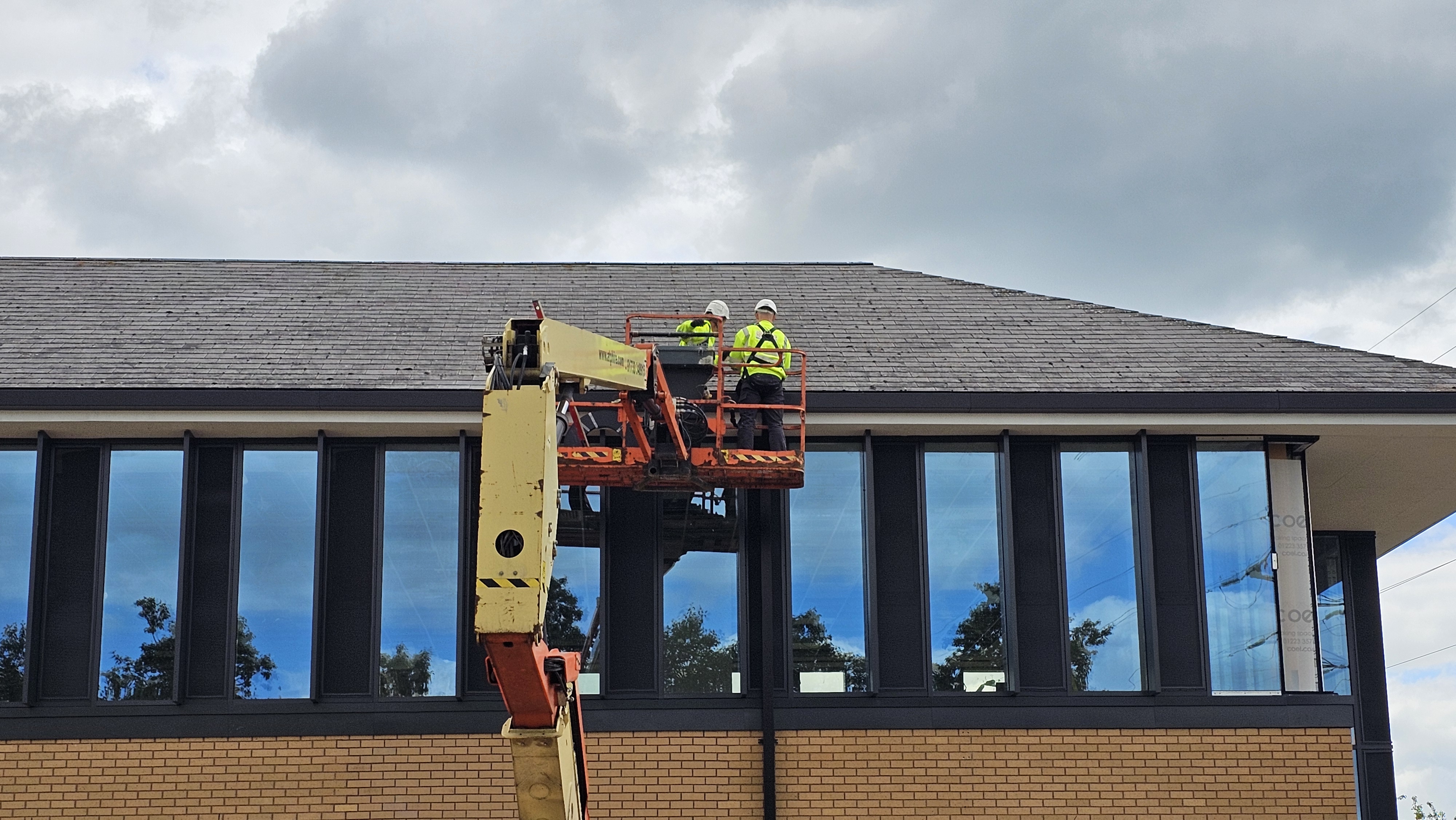
After the refurbishment is complete, it’s important to conduct a final inspection, onboard employees, and establish maintenance plans. These steps ensure that your new office continues to meet your operational needs and remains in excellent condition.
Once the refurbishment is complete, perform a final inspection to ensure all work has been done to your satisfaction. Your Project Manager or fit-out contractor should provide a final snagging list and check for any arising defects or unfinished tasks are addressed before officially reopening the office.
Introduce employees to the new office space and provide any necessary training on new equipment or systems. A well-planned onboarding process will help employees quickly adapt to the changes and start enjoying the benefits of the refurbished environment.
Establish a schedule for regular maintenance and upkeep of the new office. This includes cleaning, repairs, and updates to ensure the space remains in optimal condition. Regular maintenance will extend the lifespan of your office furnishings and keep the environment pleasant and functional. If you don’t have a PPM (Planned Preventative Maintenance) contract in place, we can advise on what you might need to consider.
Gather feedback from employees about the refurbished office and make any necessary adjustments. This ongoing process ensures that the space continues to meet the needs of your workforce and supports their productivity and wellbeing.
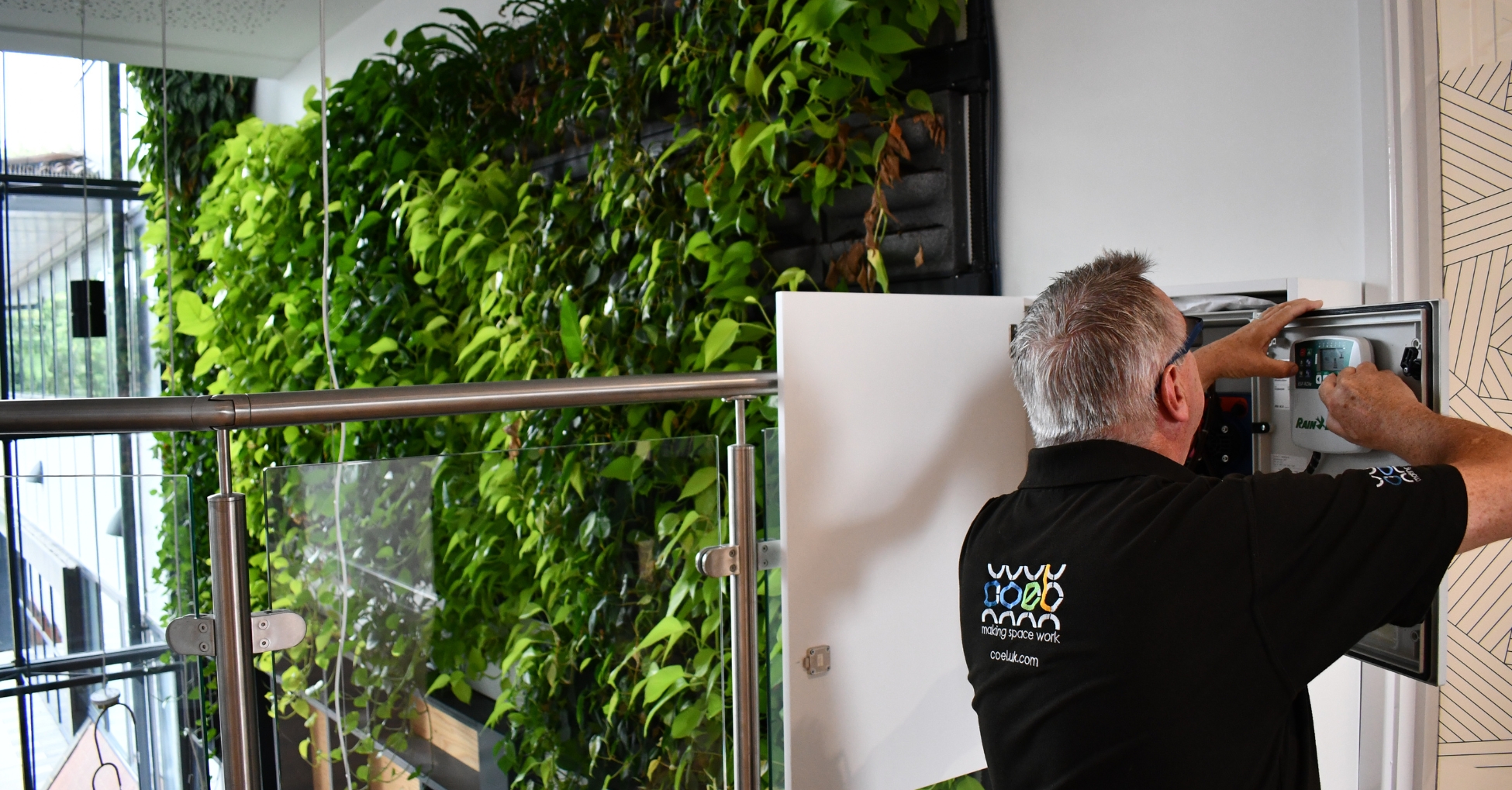
Office refurbishment is a significant investment that can yield substantial benefits for your business. By carefully planning and executing each step of the refurbishment process, you can create a modern, functional, and aesthetically pleasing workspace that enhances productivity, reflects your brand values, and supports your company’s growth. Remember, a successful office refurbishment is not just about transforming the physical space. It’s also about creating an environment that inspires and empowers your employees to do their best work.
At COEL, we specialise in creating innovative and functional office spaces suited to your business needs. With over 30 years of experience, we can help you create workspaces that help boost productivity and efficiency and support your growth. Get in touch with us today!